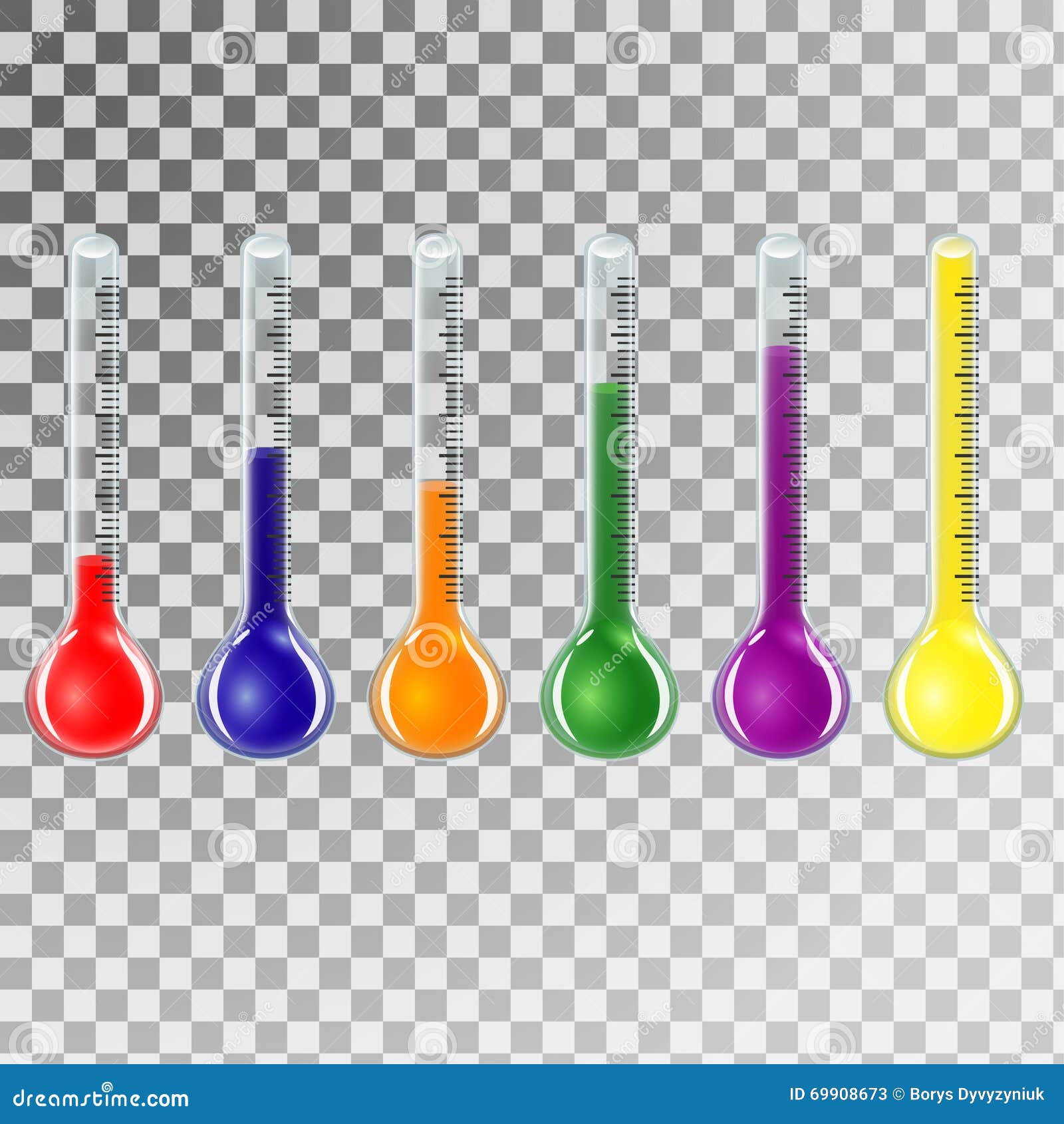

But the dew point is 70☏/21☌ which means it will feel almost unbearably uncomfortable.This is a rare brass cased Weather Indicator aneroid barometer by Short & Mason, retailed by Hutchinson’s Testing Apparatus Ltd, London. For example, it might be 90☏/32☌ with humidity at 52%. But below 100%, it is the dew point that will indicate how hot and humid the day feels.

The dew point and relative humidity are the same at 100%. The dew point, however, remains constant. Relative humidity changes as the temperature changes, if pressure and moisture content remain the same. The dew point however, is a better indicator of how much moisture is in the air. Think of a glass of water: the same amount in a small glass will make the glass 90% full, but will make a large glass only 50% full.

By humidity, we usually mean relative humidity which refers to the concentration of water vapor in the air at a specific temperature.The same amount of water vapor in warmer air will give a lower relative humidity reading than in cooler air because warmer air can “hold” more water. One point of confusion for many is the difference between dew point and humidity. A dew point over 70☏/21☌ is oppressive and can lead to the issuance of a heat advisory for those who are sensitive to heat. Warm days with dew points over 65☏ /18☌ are uncomfortable because sweating is not as effective. When the dew point is low, like around 50 - 60☏/10 - 15☌, the air will feel comfortable. It is always lower or the same as the air temperature. What is the dew point and how does it affect how comfortable you feel? The definition of dew point is the temperature point at which the air can hold no more water (water vapor) and is one of the factors in the heat index. This piece of data can be useful for amateur weather hobbyists, professionals, researchers, and for the classroom. Dew point is also a key data point for agriculture as part of an EnviroMonitor system. How much moisture the air can hold makes a difference in whether sweat stays on your body and makes you feel uncomfortable or whether it evaporates and makes you feel cool and comfortable.ĭavis Instruments includes dew point as a key data point on its Vantage Vue and Vantage Pro2 weather stations. It can also relate to how comfortable you feel at a given temperature. It can also be a good indicator of the air’s actual water vapor content. When the dew point is below freezing, it is then called the frost point.ĭew point is an important part of weather station data because it can be used to predict the formation of dew, frost, fog, minimum overnight temperatures, and even rain, thunderstorms and tornadoes. If an object, such as concrete, is cooler than the air surrounding it, then droplets of water will condense on the surface. If the air continues to cool lower than the dew point, airborne water will begin to condense in the form of dew. The dew point is the temperature to which the air must cool for it to become completely saturated with water.

When warm air cools, and can “hold” less moisture it will become saturated even though the amount of water vapor in it has not changed. Warm air can “hold” more moisture than cooler air. Dew point is an important piece of weather information.


 0 kommentar(er)
0 kommentar(er)
